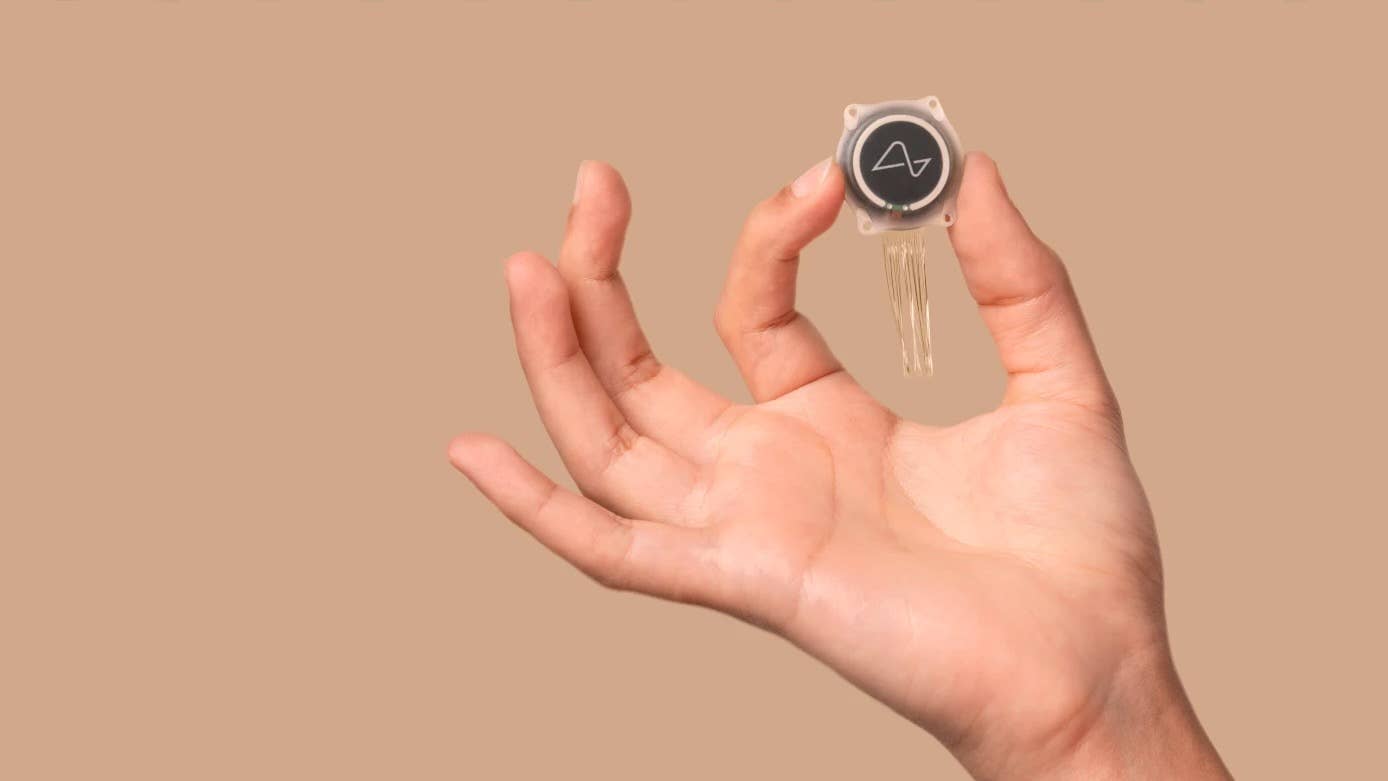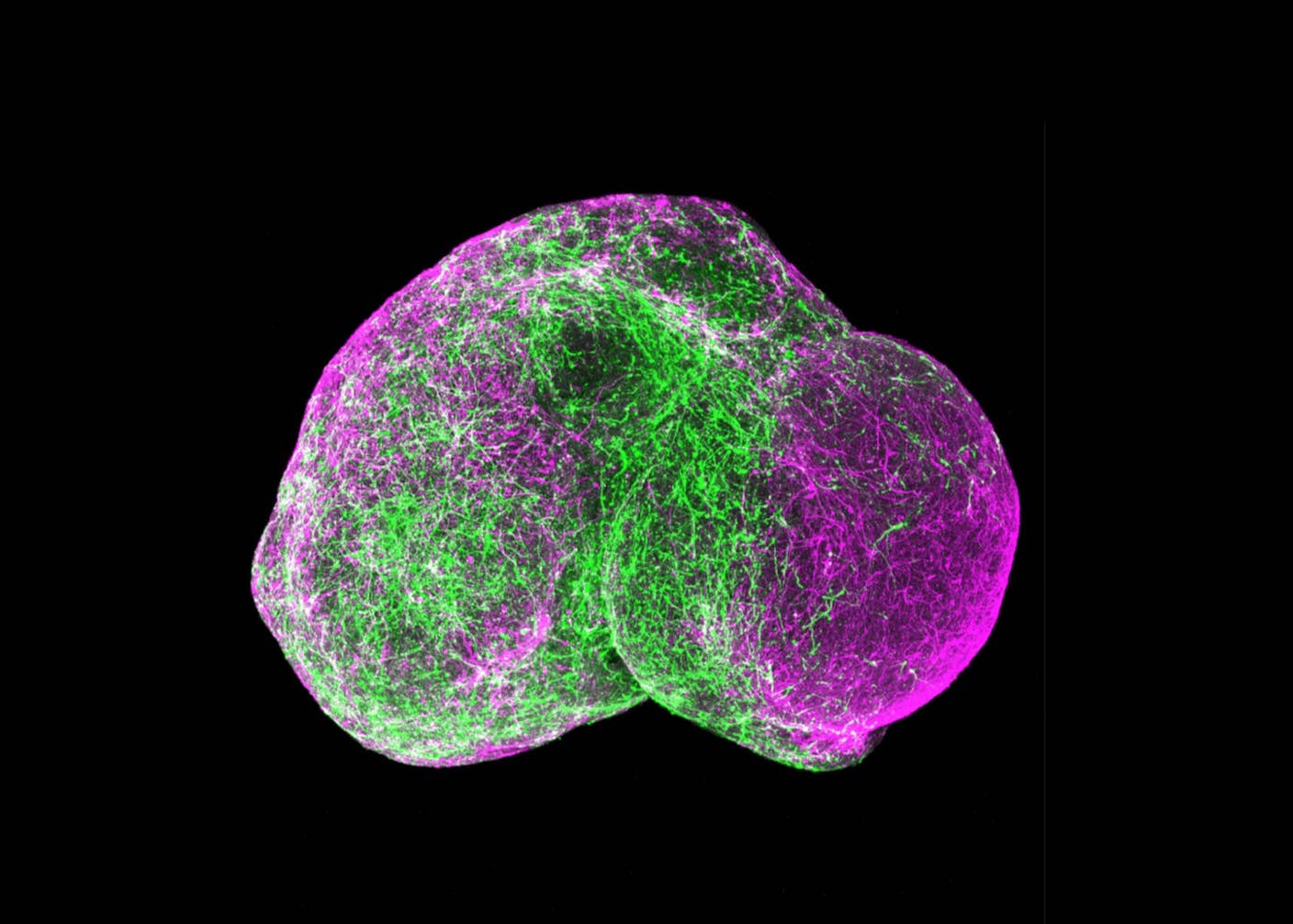Elon Musk Says First Neuralink Patient Can Move Computer Cursor With Mind

Share
Neural interfaces could present an entirely new way for humans to connect with technology. Elon Musk says the first human user of his startup Neuralink's brain implant can now move a mouse cursor using their mind alone.
While brain-machine interfaces have been around for decades, they have primarily been research tools that are far too complicated and cumbersome for everyday use. But in recent years, a number of startups have cropped up promising to develop more capable and convenient devices that could help treat a host of conditions.
Neuralink is one of the firms leading that charge. Last September, the company announced it had started recruiting for the first clinical trial of its device after receiving clearance from the US Food and Drug Administration earlier in the year. And in a discussion on his social media platform X last week, Musk announced the company’s first patient was already able to control a cursor roughly a month after implantation.
“Progress is good, patient seems to have made a full recovery…and is able to control the mouse, move the mouse around the screen just by thinking,” Musk said, according to CNN. “We’re trying to get as many button presses as possible from thinking, so that’s what we’re currently working on.”
Controlling a cursor with a brain implant is nothing new—an academic team achieved the same feat as far back as 2006. And competitor Synchron, which makes a BMI that is implanted through the brain’s blood vessels, has been running a trial since 2021 in which volunteers have been able to control computers and smartphones using their mind alone.
Musk’s announcement nonetheless represents rapid progress for a company that only unveiled its first prototype in 2019. And while the company’s technology works on similar principles to previous devices, it promises far higher precision and ease of use.
That’s because each chip features 1,024 electrodes split between 64 threads thinner than a human hair that are inserted into the brain by a “sewing machine-like” robot. That is far more electrodes per unit volume than any previous BMI, which means the device should be capable of recording from many individual neurons at once.
And while most previous BMIs required patients be wired to bulky external computers, the company’s N1 implant is wireless and features a rechargeable battery. That makes it possible to record brain activity during everyday activities, greatly expanding the research potential and prospects for using it as a medical device.
Recording from individual neurons is a capability that has mainly been restricted to animal studies so far, Wael Asaad, a professor of neurosurgery and neuroscience at Brown University, told The Brown Daily Herald, so being able to do the same in humans would be a significant advance.
Be Part of the Future
Sign up to receive top stories about groundbreaking technologies and visionary thinkers from SingularityHub.


“For the most part, when we work with humans, we record from what are called local field potentials—which are larger scale recordings—and we're not actually listening to individual neurons,” he said. “Higher resolution brain interfaces that are fully wireless and allow two-way communication with the brain are going to have a lot of potential uses.”
In the initial clinical trial, the device’s electrodes will be implanted in a brain region associated with motor control. But Musk has espoused much more ambitious goals for the technology, such as treating psychiatric disorders like depression, allowing people to control advanced prosthetic limbs, or even making it possible to eventually merge our minds with computers.
There’s probably a long way to go before that’s in the cards though, Justin Sanchez, from nonprofit research organization Battelle, told Wired. Decoding anything more complicated than basic motor signals or speech will likely require recording from many more neurons in different regions, most likely using multiple implants.
“There’s a huge gap between what is being done today in a very small subset of neurons versus understanding complex thoughts and more sophisticated cognitive kinds of things,” Sanchez said.
So, as impressive as the company’s progress has been so far, it’s likely to be some time before the technology is employed for anything other than a narrow set of medical applications, particularly given its invasiveness. That means most of us will be stuck with our touchscreens for the foreseeable future.
Image Credit: Neuralink
Related Articles

AI Can Now Design Proteins and DNA. Scientists Warn We Need Biosecurity Rules Before It’s Too Late.

Kids With Spinal Muscular Atrophy Show Dramatic Improvement With FDA-Approved Gene Therapy

Five-Year-Old Mini Brains Can Now Mimic a Kindergartener’s Neural Wiring. It’s Time to Talk Ethics.
What we’re reading
